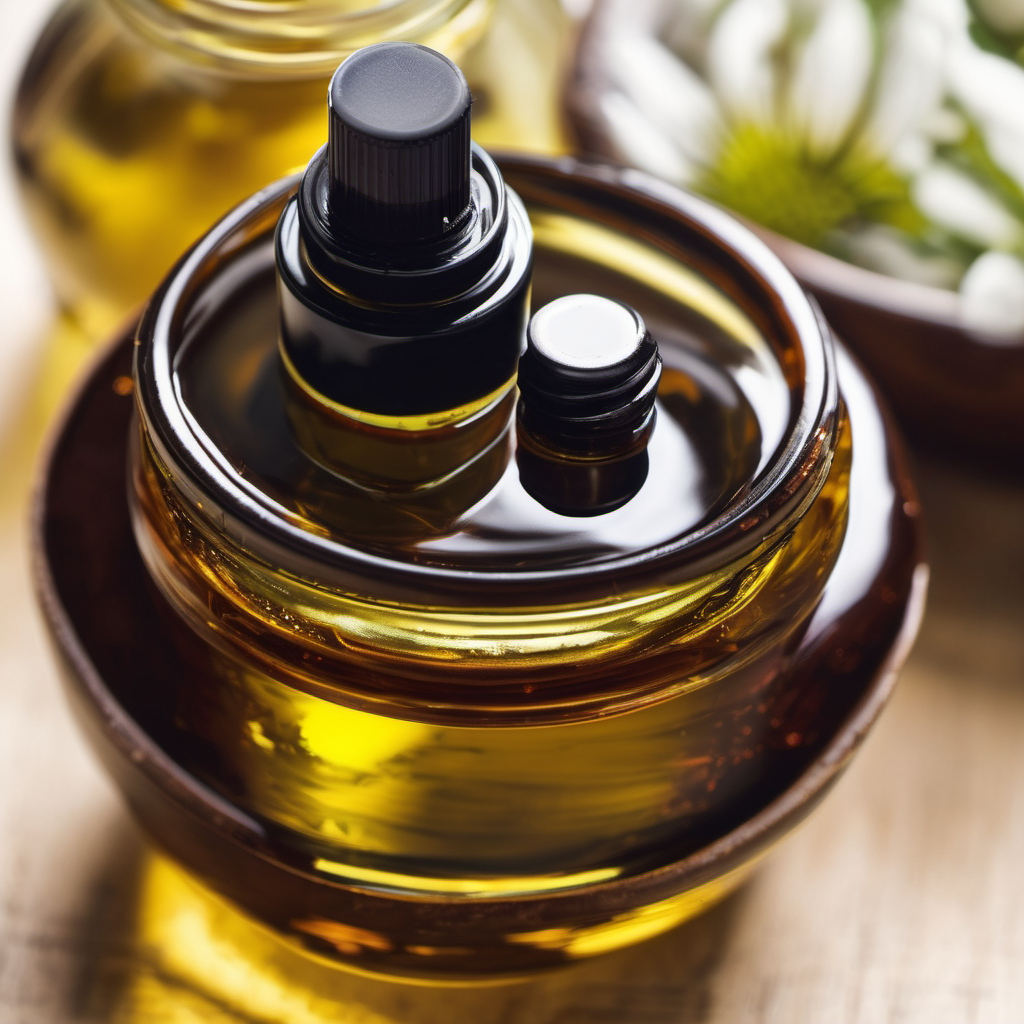How to Harness the Power of Castor Oil in Advanced Epoxy Production

INTRODUCTION
WELCOME TO RUNZOER INDIA, where we explore the fascinating world of advanced epoxy production. In today’s article, we will delve into the untapped potential of castor oil and how it can revolutionize the manufacturing process.we are excited to share our insights on how to harness the power of castor oil to develop high-quality, eco-friendly epoxy products. Whether you are a seasoned professional or simply curious about the latest advancements in epoxy production, this blog post is for you. Join us as we uncover the secrets of this versatile ingredient and unlock a world of possibilities for sustainable manufacturing. Get ready to take your epoxy production to the next level with the power of castor oil. Let’s get started!
Utilization of Vegetable Oil for Advanced Epoxy Resins
In the present study, bio-based hyperbranched and linear epoxy resins were derived from mono-glycerides of organic virgin castor oil. Additionally, the nanocomposite element of the linear epoxies was fabricated and analyzed. A variety of analytical techniques including NMR, FTIR, SEM, XRD, and TEM were employed to analyze the structure of the resin and its nanocomposite. The performance study focusing on amido amine revealed improvements in scratch resistance, tensile strength, chemical resistance, and thermal stability over the pristine system. It was observed that hyperbranched nanocomposites and bio-based epoxies exhibited superior performances compared to petroleum-based products. Therefore, it is inferred that hyperbranched epoxy (clay) nanocomposite holds potential for numerous advanced applications.
Introduction to Polymer Nanocomposite
Recently, polymer nanocomposites have emerged as promising alternatives to traditional materials due to their inherent advantages such as easy processability, reduced cost, tunable properties, and lightweight. However, most polymeric substances are derived from non-renewable petroleum-based feedstock, prompting the development of bio-based renewable polymers using renewable resources for synthesis.
Within the family of thermosetting polymers, epoxy clay has gained significant attention in coating, adhesive applications, and casting due to its superior mechanical strength, adhesive strength, chemical resistance, dimensional stability, and thermal stability.
Rationale for Using Epoxy Derived from Polymerized Castor Oil
Despite their versatility, epoxy resins derived from traditional sources have certain limitations such as low toughness, higher brittleness, and non-biodegradability, posing challenges for advanced applications and environmental concerns. In response to these limitations, bio-based epoxy (clay) derived from renewable resources like castor oil offers potential solutions, leveraging the oil’s ready availability and biodegradability, thus enhancing the flexibility and applicability of these resins in industrial products such as adhesives.
Experimental Methodology
A detailed experimental approach involving the study of nanoclay, the preparation of hyperbranched epoxy resins from castor oil, and the fabrication of nanocomposites using organo-modified Montmorillonite (OMMT) was undertaken. This comprehensive experimental setup aimed to establish the improved characteristics of the resulting materials and investigate their potential industrial applications.
Materials Required for the Experiment
- Castor oil
- Epichlorohydrin
- Triethanolamine
- Organo-modified Montmorillonite (OMMT)
- Glycerol
- Sodium sulfate
- Calcium oxide
- Biphenol (recrystallized before use)
- Sodium hydroxide
Preparation of Monoglycerides from Castor Oil
The preparation of monoglycerides from castor oil involved a standard laboratory procedure, comprising the reaction of castor oil, CaO, and glycerol under controlled conditions to yield monoglycerides suitable for subsequent reactions.
Preparation of Hyperbranched Epoxy Resins
The extraction of vegetable-oil based epoxy from castor oil was achieved through a series of reactions involving epichlorohydrin, triethanolamine, and the obtained monoglyceride. These reactions, carried out under specific temperature and mixing conditions, resulted in the production of hyperbranched epoxy resins suitable for further experimentation.
Fabrication of Nanocomposite
The fabrication of hyperbranched epoxy (clay) nanocomposite involved the homogenous mixing of OMMT with epoxy resin, followed by ultrasonication and the addition of poly(amido amine). This meticulous procedure resulted in the formation of nanocomposite materials with desirable physical and chemical properties.
Conclusion
The experimental results demonstrated the potential of bio-based hyperbranched epoxy (clay) nanocomposites derived from industrial castor oil, offering improved properties such as biodegradability, enhanced mechanical and thermal resistance, and better performance compared to conventional polymers. These findings highlight the promising industrial applications of such materials in diverse fields, emphasizing the versatility and sustainability of industrial castor oil as a valuable resource for producing advanced nanocomposites.
